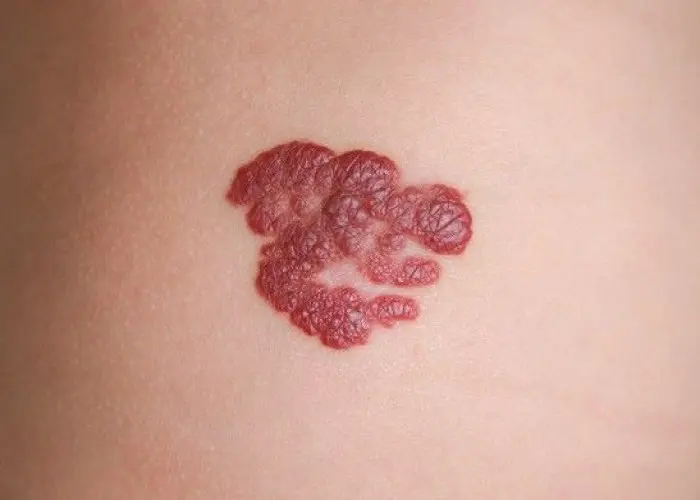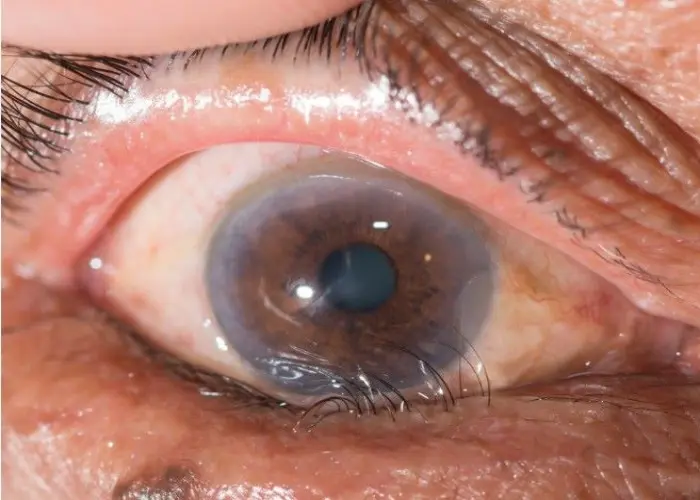 Welcome
Welcome
“May all be happy, may all be healed, may all be at peace and may no one ever suffer."
X-linked agammaglobulinemia

X-linked agammaglobulinemia (XLA), also known as Bruton's agammaglobulinemia, is a rare genetic disorder that affects the immune system. It is caused by mutations in the BTK gene, which is responsible for producing a protein that plays a crucial role in the development of B cells, a type of white blood cell that produces antibodies.
As a result of the BTK gene mutations, individuals with XLA are unable to produce functional B cells and have a deficiency of immunoglobulins, or antibodies, in their blood. This leaves them susceptible to recurrent bacterial infections, particularly in the respiratory and gastrointestinal tracts.
Symptoms of XLA typically begin in early childhood and can include frequent and severe infections, such as pneumonia, sinusitis, and ear infections, as well as chronic diarrhea and skin infections. Individuals with XLA may also experience delayed growth and development.
Diagnosis of XLA involves blood tests to measure the levels of immunoglobulins and B cells in the blood. Genetic testing can also confirm the presence of BTK gene mutations.
Treatment for XLA involves lifelong replacement therapy with immunoglobulin infusions, which provide the missing antibodies and help prevent infections. Antibiotics may also be used to treat bacterial infections as they occur. In some cases, gene therapy or bone marrow transplantation may be considered as potential treatments for XLA.
While there is no cure for XLA, with appropriate treatment and management, individuals with XLA can lead relatively normal lives and have a normal life expectancy.
Research Papers
Disease Signs and Symptoms
- Small tonsils
- Small or no lymph nodes
Disease Causes
X-linked agammaglobulinemia
X-linked agammaglobulinemia is caused by a genetic mutation. People with the condition can't produce antibodies that fight infection. About 40% of people with the condition have a family member who has it.
Disease Prevents
Disease Treatments
There's no cure for XLA. The goal of treatment is to boost the immune system, preventing infections and aggressively treating infections that occur.
Medications
Medications to treat XLA include:
- Gammaglobulin. This is a type of protein found in blood that contains antibodies against infections. It's given by infusion into a vein every two to four weeks or by weekly injection.
- Reactions to gammaglobulin can include headache, chills, backache and nausea. Reactions are more likely to occur during a viral infection.
- Antibiotics. Some people with XLA receive continuous antibiotics to prevent infections. Others take antibiotics for bacterial infections longer than people without XLA do.
Your doctor will likely recommend that you have follow-up visits every six to 12 months to screen for complications of XLA. You'll also likely be advised to not get live vaccines, such as live polio, measles-mumps-rubella or chickenpox vaccines.
Disease Diagnoses
Disease Allopathic Generics
Disease Ayurvedic Generics
Disease Homeopathic Generics
Disease yoga
X-linked agammaglobulinemia and Learn More about Diseases

Scoliosis

Childhood obesity

Blood in urine (Hematuria)

Hemangioma

Pericarditis

Liver disease

Coma

Entropion
x-linked agammaglobulinemia, এক্স-লিঙ্কযুক্ত অ্যাগম্যাগ্লোবুলিনেমিয়া
To be happy, beautiful, healthy, wealthy, hale and long-lived stay with DM3S.
